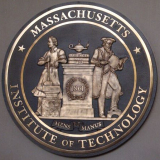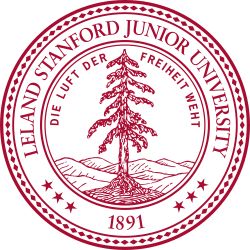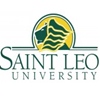Greenville Technical College is a public community college located in Greenville, South Carolina, USA. The following is a detailed introduction to the school:
School Profile
Establishment and History: The school was founded in 1962 and was formerly part of the South Carolina Technical College System.
School Size: In the fall of 2022, the school has a total of 10,536 students, including 4,387 full-time students and 6,149 part-time students, which is relatively large.
Geographic Location: The school is located in Greenville, which is the economic and cultural center of the upstate region of South Carolina, providing students with abundant internship and employment opportunities.
Campus Environment and Facilities: The school has multiple campuses, such as Barton Campus, Benson Campus, Brashear Campus, etc. Each campus is equipped with advanced teaching facilities, including modern classrooms, laboratories, libraries, etc. In addition, the school also has garden-style student apartments, providing students with a comfortable living environment.
Academic Education
Degree and curriculum: The school offers 2-year associate degrees and related diploma courses, covering 55 different fields, including health and related affairs, mechanical maintenance and technology, liberal arts, general education and humanities and related disciplines. Popular majors include liberal arts and science general education, registered nursing, and electromechanical technology.
Teaching mode: The academic calendar is based on a semester system. In addition to traditional offline courses, it also provides a wealth of online courses and hybrid teaching modes to meet the learning needs of different students.
Teacher-student ratio and teaching quality: The teacher-student ratio is 14:1, and the professor level satisfaction rate is 86%. The high teacher-student ratio helps teachers give students more attention and guidance, so as to better meet students' learning needs and improve teaching quality.
Transfer opportunities: The school has signed a transfer agreement with the state's four-year university, providing students with a seamless transfer path. After completing their studies at the college, students can smoothly transfer to a four-year university to continue their bachelor's degree, saving education costs while receiving high-quality education.
Student life
Student composition: The student population is diverse. In the fall of 2022, 61% of the students were female and 39% were male. The racial distribution was relatively wide, including 60% white, 19% African American, and 11% Latinos, etc.
Student Activities: The school provides students with a variety of campus activities, such as academic lectures, cultural exchange activities, sports events, etc., to enrich students' extracurricular life, enhance communication and interaction between students, and cultivate teamwork spirit and comprehensive quality.
Campus Services: The school provides students with a series of campus services, including academic/career counseling services, employment services, and on-campus daycare services for students' children, etc., to support students from learning to life in all aspects, helping students to better adapt to college life and solve various problems in learning and life.
Admission and Tuition
Admission Requirements: The school implements an open admission policy, with no TOEFL, SAT and other standardized test score requirements, and no clear GPA requirements. It also provides language courses for students without language scores to facilitate international students to apply for admission.
Tuition and Financial Aid: In 2020-2021, the tuition and miscellaneous fees for in-state students are $5,186, and for out-of-state students are $9,410, and the cost of books and supplies is approximately $1,142. The school also provides financial aid or scholarships to 80% of undergraduates, with an average scholarship or grant amount of $3,967, which reduces the financial burden on students and enables more students to have the opportunity to receive higher education.
-

Harvard University
-

Massachusetts Institute of Technology
-

South University
-

University of West Georgia
-

Stanford University
-

Northwest Nazarene University
-

Hawaii Pacific University
-

Shorter University
-

Nova Southeastern University
-

Saint Leo University
-

Mesoamerican University
-

Istmo University
-

Mariano Galvez University of Guatemala
-

Regional University of Guatemala
-

Galileo University
-

Francisco Marroquín University
-

Rafael Landívar University
-

University of the Valley of Guatemala
-

University of San Carlos of Guatemala
-

Technological Institute of Tlaxcala Plateau
-

Golfo University
-

Technological University of South Sonora
-

Technological University of Huejotzingo
-

Tizimín Institute of Technology
-

Chilpancingo Institute of Technology

